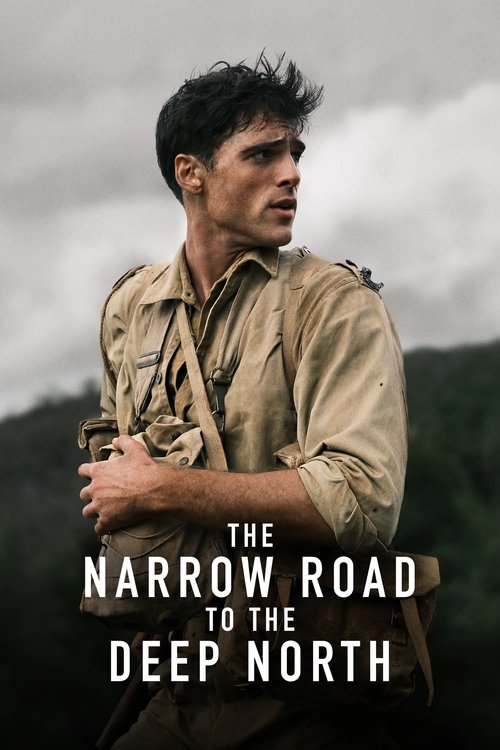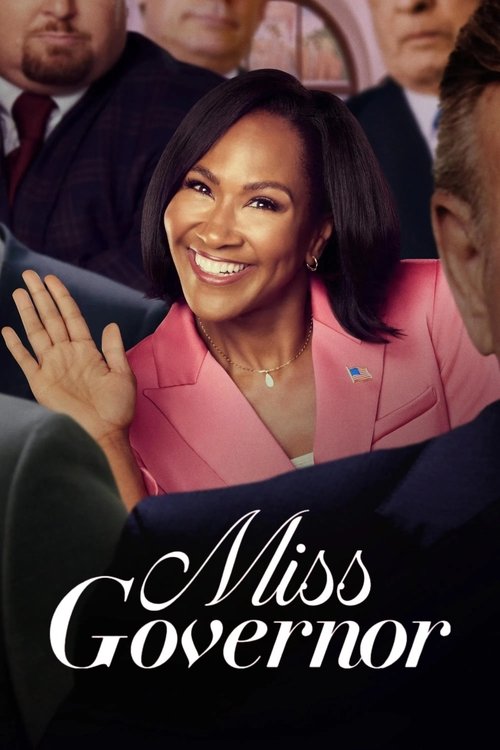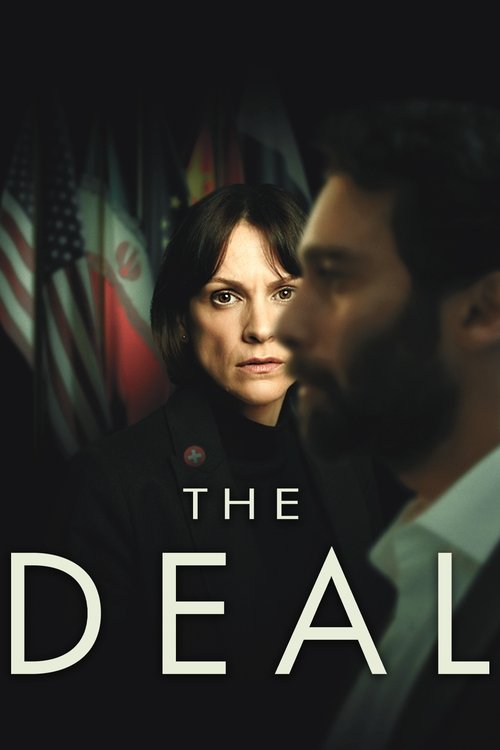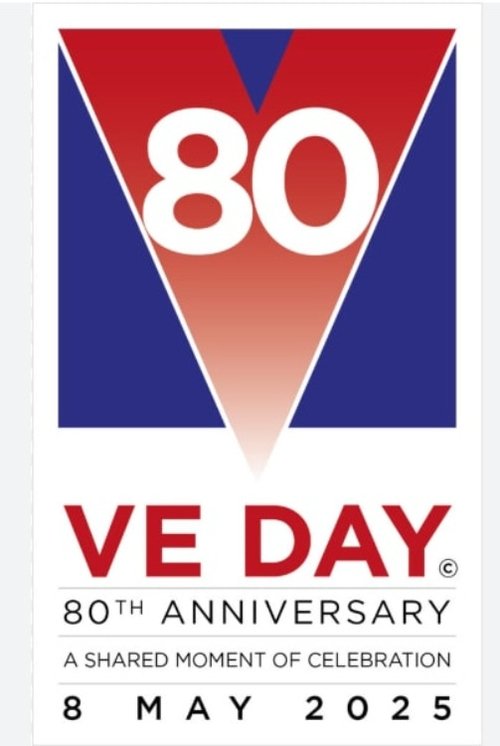
Ask Your Own Question
What is the plot?
The story begins with a young Dorrigo Evans growing up in Australia, where his early life and family background are briefly shown, setting the stage for his character and future decisions. As a young man, Dorrigo enlists in the Australian army during World War II, training as a medical officer. His sense of duty and quiet charisma are established early on.
Dorrigo meets Amy Mulvaney, the wife of his uncle, during a summer before the war intensifies. They begin a brief but intense love affair lasting only five or six weeks. This relationship is passionate and deeply emotional, though it is fraught with the knowledge that it is forbidden and transient. Amy becomes the central emotional anchor for Dorrigo, a memory that will sustain him through the horrors to come.
As the war escalates, Dorrigo is deployed to the Pacific theater and participates in the Battle of Java. During this battle, he is captured by Japanese forces and sent to a brutal prisoner-of-war camp in Burma, where he is forced to work on the construction of the Burma Railway. The camp is characterized by extreme cruelty, starvation, disease, and relentless physical and psychological suffering.
In the POW camp, Dorrigo assumes a leadership role among the prisoners, using his medical skills and quiet dignity to try to keep his men alive. He faces constant moral and physical challenges, including negotiating with the Japanese guards, managing scarce resources, and confronting the despair and death around him. His memories of Amy become a vital source of hope and emotional survival amid the relentless brutality.
Throughout his captivity, Dorrigo endures multiple confrontations with the camp commandant and guards, who impose harsh punishments and exploit the prisoners. These confrontations are tense and often involve Dorrigo making difficult decisions to protect his men, sometimes at great personal risk. The narrative details the daily grind of forced labor, the spread of disease, and the psychological toll on the prisoners.
After the war ends, the story shifts to a flash-forward to 1989, where an older Dorrigo Evans is now a celebrated war veteran and respected surgeon in Australia. Despite his public acclaim, he is haunted by his wartime experiences and the memory of Amy. His personal life is troubled; he remains emotionally distant and unfaithful to his wife Ella, unable to reconcile his past with his present.
In this later period, Dorrigo struggles with his identity and the legacy of the war. He is portrayed as a man who outwardly embodies heroism but internally wrestles with guilt, loss, and the impossibility of fully returning from the trauma of the jungle and the POW camp. His relationships with other characters, including his wife and former comrades, reveal his emotional isolation.
The series closes with Dorrigo reflecting on his life, the love he lost, and the men he tried to save. The memory of Amy remains a poignant and defining element of his existence, symbolizing both the beauty and tragedy of his past. The final scenes emphasize the enduring impact of war on the human spirit and the complex nature of heroism and survival.
This detailed chronological account covers the major plot points, character decisions, and emotional arcs of "The Narrow Road to the Deep North" as depicted in the 2025 TV series adaptation.
What is the ending?
The ending of The Narrow Road to the Deep North TV show (2025) centers on Dorrigo Evans' tragic death in a car crash after his book launch about his POW experiences, where past traumas and present regrets collide. In his final moments, he envisions himself back in the Japanese jungle prison camp, confronting the emotional weight of his mistakes, lost love, and lingering guilt.
Expanded narrative scene-by-scene description:
-
After Dorrigo publishes and launches his book recounting the horrors and memories of his time as a prisoner of war, he attends a celebratory event in Australia. The mood is reflective but somber, emphasizing the deep psychological scars he carries.
-
On his drive home from the event, Dorrigo is involved in a fatal car accident. As the collision unfolds, the narrative shifts fluidly between the present moment and flashbacks to the jungle prison camp where he suffered immense physical and emotional torment.
-
In these intertwined scenes, Dorrigo's mind vividly replays the brutal conditions endured by him and his fellow Australian soldiers at the hands of their Japanese captors. The horrors are not just historical facts but personal demons haunting him to the very end.
-
Simultaneously, Dorrigo's internal vision includes a poignant, almost ghostly encounter with Amy, his lost love who had died tragically earlier in the war. They share a silent, intense gaze, underscoring the irreparable loss of innocence and happiness from his past.
-
The series portrays Dorrigo's complex personal life in retrospect: his adulterous affairs, his strained marriage with Ella after the war, and the emotional isolation brought on by these betrayals. His realization at the end is one of bitter acceptance--his personal failings are inescapable despite the external heroism of surviving war.
-
The final moments are deliberately ambiguous and evocative, leaving viewers with a sense of bleak reflection rather than closure. Dorrigo's death symbolizes the inextricable collision of past trauma and present reality, with no romanticized redemption--only the harsh truths of a life marked by suffering, love lost, and moral compromise.
This ending powerfully encapsulates the show's themes of memory, guilt, and the enduring impact of war on the human soul, emphasizing the unresolved pain carried by survivors long after physical battles have ended.
Who dies?
Yes, several characters die in the TV show The Narrow Road to the Deep North (2025), with notable deaths including:
-
Dorrigo Evans: The main character, an army surgeon and war hero, dies in a traffic collision. This occurs near the end of the series, after a book launch event about his experiences as a prisoner of war. Just moments before his fatal accident, Dorrigo reflects on the toll his trauma had taken on his family and seems to come to terms with his past actions and their consequences. His death in the traffic accident is not directly war-related but happens in peacetime after the war's emotional aftermath.
-
Amy (Dorrigo's lover): Amy is killed in a fire, which Dorrigo learns about while still imprisoned during the war. Her death is part of the backstory and deeply affects Dorrigo's emotional state throughout the series. The fire was a non-combat incident but represents a tragic personal loss for Dorrigo.
-
Other POW deaths: While most on-screen deaths occur under natural or non-combat circumstances, two deaths directly result from violence inflicted by the Japanese captors during the war, highlighting the brutal conditions the prisoners faced.
In summary, the central character Dorrigo dies in a traffic accident post-war, Amy dies in a fire during the war period, and there are additional deaths among prisoners during their captivity by the Japanese. The show explores the psychological and physical costs of war and its aftermath through these events.
Is there a post-credit scene?
The TV show "The Narrow Road to the Deep North" (2025) does not have a post-credit scene. None of the available sources or reviews mention any additional scene after the credits. The series concludes with the main narrative focusing on Dorrigo Evans coming to terms with his past, including his experiences as a POW during World War II and his complicated personal relationships, but no extra scene follows the credits to extend or add to the story.
What are the main themes explored in The Narrow Road to the Deep North?
The series explores themes of war brutality, trauma, lost innocence, and the complexity of human relationships under extreme conditions. It portrays the harsh realities of the Thai-Burma railway construction during WWII, focusing on the psychological and physical suffering of prisoners, as well as the ambiguous nature of memory and reconciliation.
How are the Japanese characters portrayed in the story?
The Japanese characters are mostly depicted as harsh and terrifying forces inflicting suffering on the Australian prisoners. While the series offers some glimpses into their motivations, such as the post-war meeting between Kota and Nakamura, overall they are less nuanced compared to the novel, often serving as antagonistic figures rather than fully developed characters.
What narrative techniques does the show use to tell its story?
The show employs multiple timelines, including pre-war, wartime, and post-war periods, to weave together the protagonist Dorrigo's experiences. This non-linear storytelling highlights the collision of past and present, especially in the final scenes where memories and reality blur.
What are the 5 most popular questions people ask about the content of the story in The Narrow Road to the Deep North (2025) excluding the overall plot and ending?
The five most popular questions about the story content of The Narrow Road to the Deep North (2025), excluding the overall plot and ending, are:
- How does the series portray the psychological and emotional impact of war on Dorrigo Evans and other characters?
- What is the significance of the relationship between Dorrigo Evans and Amy Mulvaney throughout the series?
- How are the Japanese characters depicted in the series, and what criticisms exist regarding their portrayal?
- How does the series handle the depiction of the prisoner-of-war camp and the construction of the Thai-Burma railway?
- What narrative techniques, such as the use of multiple timelines, are employed in the series and how do they affect the storytelling?
These questions reflect viewers' focus on character development, thematic depth, representation of historical events, and narrative structure as discussed in reviews and viewer feedback.
Is this family friendly?
The TV show The Narrow Road to the Deep North (2025) is not family friendly and is rated TV-MA (Mature Audience). It contains content that may be upsetting or objectionable for children and sensitive viewers.
Key potentially upsetting scenes include:
-
Severe violence and gore: This includes graphic depictions such as a man's head being sliced off and a detailed surgical scene, as well as extremely graphic torture scenes that are very confronting.
-
Moderate sex and nudity: There are a number of sex scenes involving nudity, including female breasts, male buttocks, clothed prosthetic erections, and full nudity (both frontal and back) in swimming scenes.
-
Severe frightening and intense scenes: The show has very intense, harrowing moments tied to its war and prisoner-of-war camp settings.
-
Moderate use of alcohol, drugs, and mild profanity.
Overall, the series "does not shy away from brutality" and is described as a difficult watch due to its intense and graphic portrayal of wartime atrocities and emotional trauma. It is recommended for mature viewers only and not suitable for children or those sensitive to violence, nudity, and intense emotional material.
Does the dog die?
There is no information in the provided search results indicating that a dog dies in the TV show The Narrow Road to the Deep North produced in 2025. The series primarily focuses on the story of Dorrigo Evans and his experiences during World War II, his pre-war and post-war life, and does not mention a dog as part of its narrative.




























